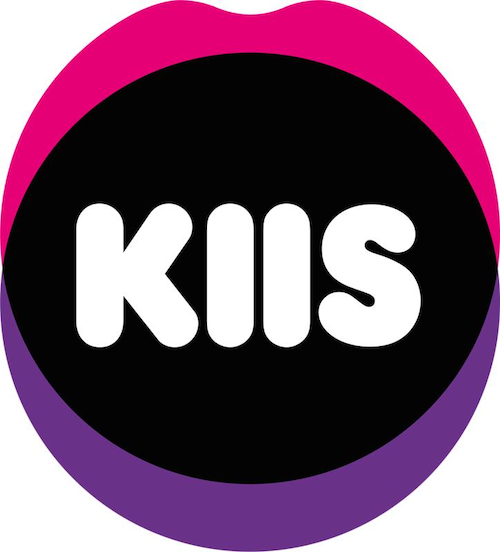“You can tick a diversity box rather than have the best person for the job.” Women in Radio special series: Part 3

In this five-part series, exclusive to Radio Today, Brisbane radio presenter of more than 30 years Spencer Howson investigates the under-representation of women on Australian radio, and makes a series of recommendations aimed at challenging the status quo.
Read Part 1 here.
Read Part 2 here.
Recommendation #2 – Managers should encourage and consider female applicants
Unless the radio industry demonstrates that it wants to hire more female presenters, some women might continue to hold back, assuming that they are not up to the task, that they are not welcome to apply, and that a man will get the job.
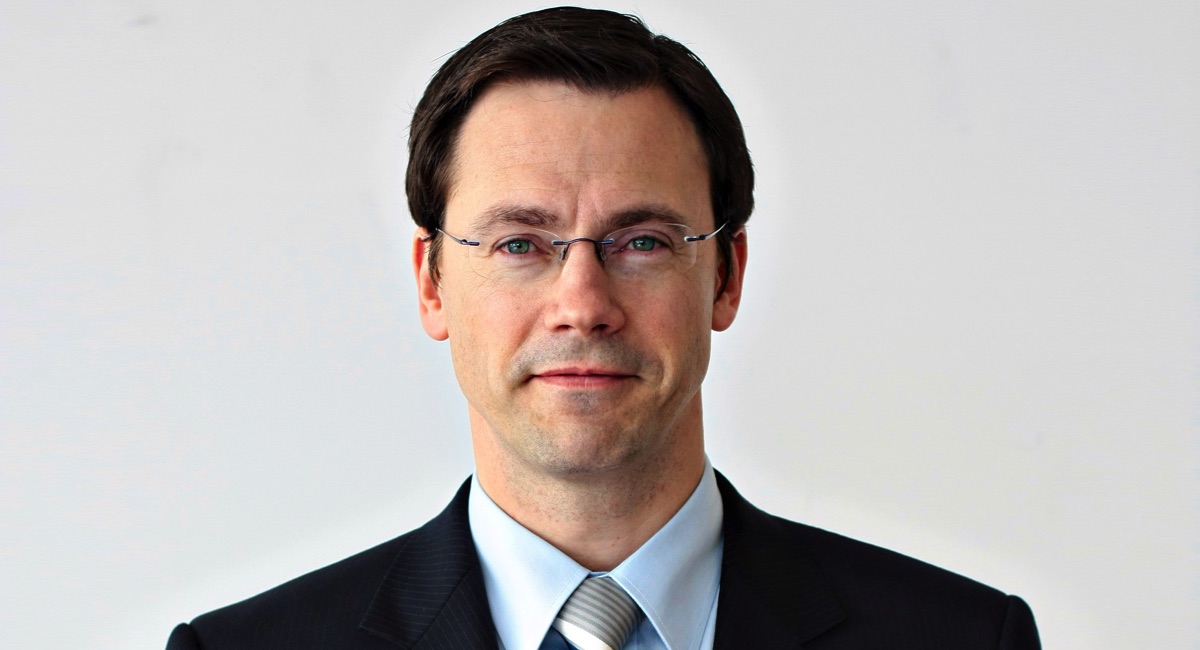
Former Macquarie Media CEO Adam Lang (pictured above) said change had to come from the top: “It’s circular. We haven’t got the role-modelling so we’re not getting the candidates. So I think it’s the executives’ job, the people who are responsible for running the team, for nurturing first that expectation that even though you can’t see it on air, that’s what we want”.
The industry as a whole needs to search widely and give women every opportunity to gain prominent presenter roles. That is not to say there should be gender quotas. I am not a supporter of quotas because they can lead to a diminished on-air product.
Rather, I advocate starting at the beginning of the talent pipeline, showing school-age girls that they can be radio presenters and encouraging them to pursue radio from a young age.
If, as a radio industry we can help to facilitate this, there will be more skilled women in the pool of available talent and quotas should not be needed to increase the number of women on air.
The ABC’s Content Quality Manager Phil Ashley-Brown said employment targets or quotas “are really good things to have because they force you to think about what you’re doing and they force you to go ‘Right, okay, there’s a reason behind this’. But we’ve also got to make sure the person who gets the job is going to be the best person we can put into it”.
I’m aware of a recent hiring process for a daytime ABC shift where the radio station tried for several weeks to find a female applicant to balance out the male voices during the rest of the day. In the end, they hired a man because he was quite simply the best person for the job. This strikes me as a prudent illustration of what Ashley-Brown said, that targets might have their place but management must be prepared to drop those targets to protect the product.
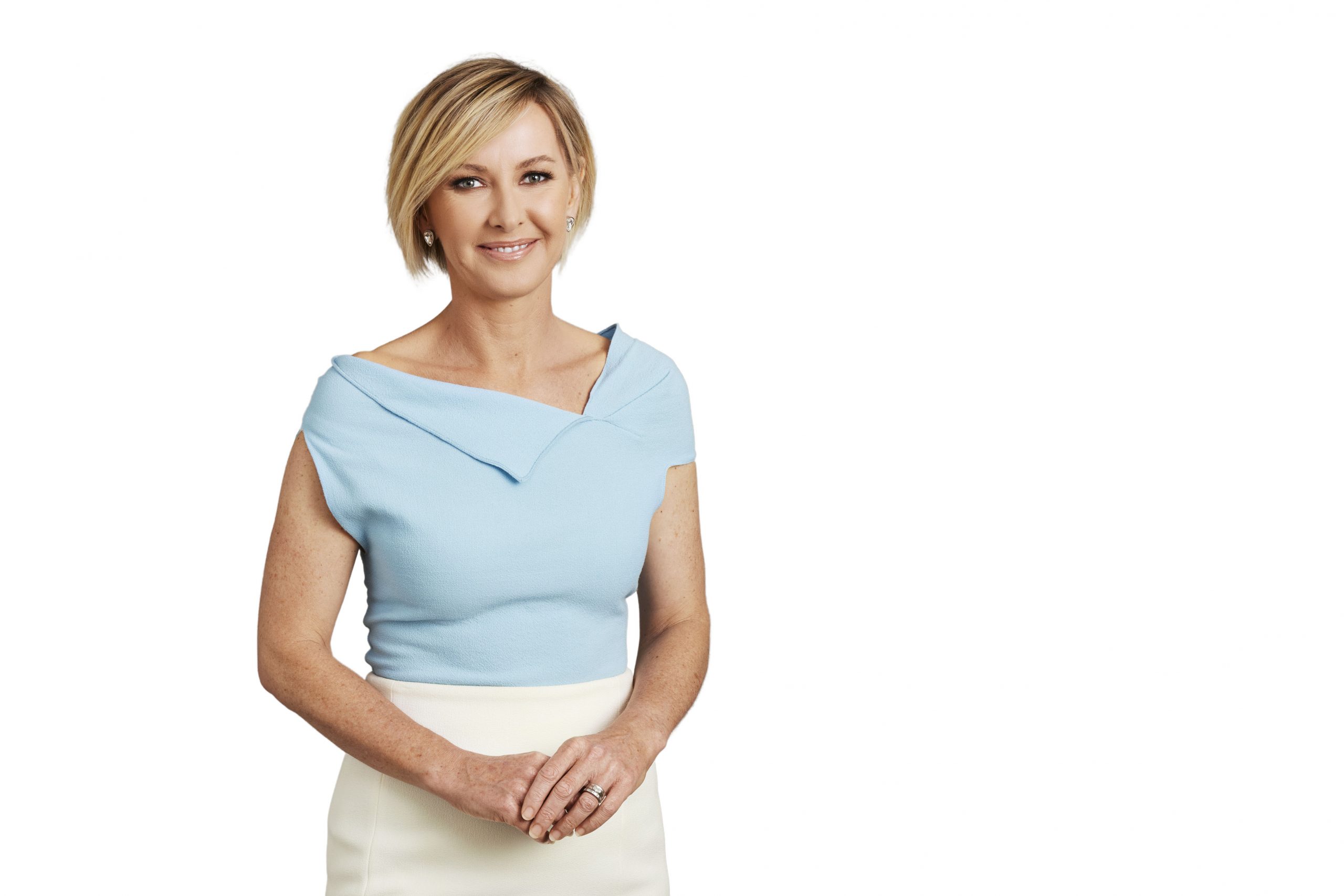
Deborah Knight (2GB, pictured above) said she thought the ABC did not always put the product first: “You can tick a diversity box rather than have the best person for the job sometimes and I think the ABC has been guilty of that with some of their appointments of hosts in some of its markets”.
And Nine Radio’s Head of Content Greg Byrnes said he would not be introducing quotas: “I just think that would be a disaster, not just for the radio station but for the individual. If people were plucked out of nowhere and thrown into a role because of a quota, there would be an immediate impact. If you put someone in there that’s only there because of its being perceived as the right thing to do, it’s just bound to end in disaster.”
A useful way of identifying potential presenter talent is to look at people who already appear on radio as regular guests or commentators. Ashley-Brown said it was incumbent on everyone at a radio station to listen out for that future talent: “They’re pretty good at doing it because they’re good at spotting talent for their programs and it’s a pretty common path that someone who’s a regular on a show then becomes a casual and then becomes a presenter”.
Byrnes agreed: “Should something happen to the host, you’re immediately going to look at people who are already contributing to the program. Who does the audience already know?”
Byrnes named a number of women who had been regular guests on Nine Radio, including Rita Panahi and Peta Credlin. He said across the network Nine had “a lot more female voices on than what there have been previously”.
By increasing the number of women in those regular guest spots, the audience is “getting used to” female voices. This is central to any long-term goal of having more women in prominent solo presenter roles on Australian radio.
Similarly, there are well-known members of the community that the audience is already “used to”. Cathie Schnitzerling (ABC) cited retired Brisbane television newsreader Kay McGrath (Seven) as someone who would be a “safe” hire for a Brisbane radio station because she was a known quantity: “She brings with her a lot of credibility and a lot of authority and certainly people would know her. So then that normalises that. It used to always be men but we know Kay. She’s been around a long time”.
But, as I have already stated, radio stations cannot rely on tapping the shoulders of people they already know. They need to advertise that they are looking for presenters. If not for a specific program, which might alert a current presenter to their impending demise or alert competitors to a programming change, they should invite “expressions of interest” in being a presenter on their network.
Furthermore, Schnitzerling said that whilst it would be a “bold move”, if stations wanted to attract more female applicants, those advertisements could state that job-sharing was possible: “No-one wants to put that on a job ad because they go ‘so much work, we have to organise it, it’s going to be difficult’ but it’s only difficult the first time. I think that would be a very welcome change to see that in a job ad”.
I agree that radio stations should consider job-sharing for presenters. I have no doubt that the five-day-a-week nature of radio is a factor in women being excluded from prominent on-air roles once they have had children and might not want (or be able) to work full-time.
The ABC’s Conversations is shared between Richard Fidler and Sarah Kanowski. Likewise, The Queensland Country Hour, until recently, had two presenters, Arlie Felton-Taylor and Amy Phillips.
Andrea Ho (AFTRS) said she was confident that listeners, especially younger listeners, would be comfortable with two presenters: “I think the marketing guys hate it because they can’t put a face on the side of the bus. I wonder whether it might have to be a generational change where you are actually looking at a younger generation who doesn’t see themselves defined by Monday to Friday”.
One of the listeners that I interviewed specifically said she had no problem with the job-shared presenting of Conversations: “I don’t particularly go ‘Oh, I must listen today because it’s Richard today or Sarah’s day. I like both of them. It’s the content of the program, not the person so much”.
Over in the commercial world, where profits are on the line and the stakes are arguably higher, Greg Byrnes said he would not be introducing job-shared Breakfast shows on any of his Nine Radio stations: “I would have no plans on doing that. [It’s about] familiarity. You want someone five days a week”.
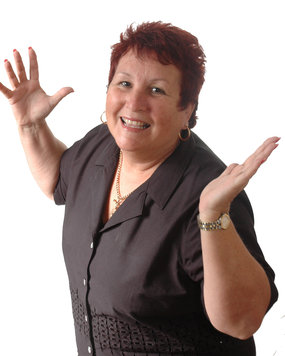
Also citing familiarity as the reason, former 4BC Content Director and ABC producer Majella Marsden (pictured above) said job-sharing would not work for Breakfast or Drive: “You listen to this particular person because you like them. One station I worked at did it for a while, four days and one day, male and female, and people didn’t like it. I know because they rang. They thought it was odd and they weren’t keen”.
Both Byrnes and Marsden were referring to talk radio listeners, who are typically over 50 years of age. Perhaps, as Ho said, there will be a generational change which will see younger audiences tied less to a Monday to Friday routine, and more open to job-shared radio presenting.
Deb Knight said she thought it would work: “The audience is probably open to that because they have it in their own workplaces. People job share. It’s not unusual”. For female presenters wanting to get back to work after having children, job-sharing would be a welcome opportunity and improvement.
As former ABC Queensland Manager Mike McGowan told me: “In this modern world, hanging on to old biases about hiring and structures of programs and things, they need to be at least challenged, if not changed”. McGowan summed up what I hoped this research would achieve: if not change, at least challenge the way things have been.
Next week: Recommendation #3 – Support your female presenters
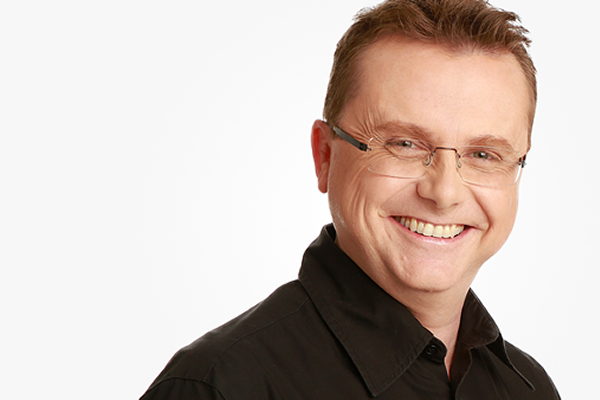
Spencer Howson is a Lecturer in Radio Production at the University of Southern Queensland.
His career began in 1990 at Reading Radio 4RPH. Spencer volunteered, and later worked part-time, at Reading Radio whilst studying journalism at QUT. He has served on the Board of Directors at different times, including stints as Vice President and President.
Spencer worked for the ABC from 1993-2020, including 15 years as host of the top-rating ABC Brisbane Breakfast show. From 2017-2020, he held the position of Program Quality Advisor, which involved spotting, developing and coaching ABC radio presenters and producers across Australia.
From 2021-2023, Spencer tasted the world of commercial radio, hosting Weekends on 4BC.


